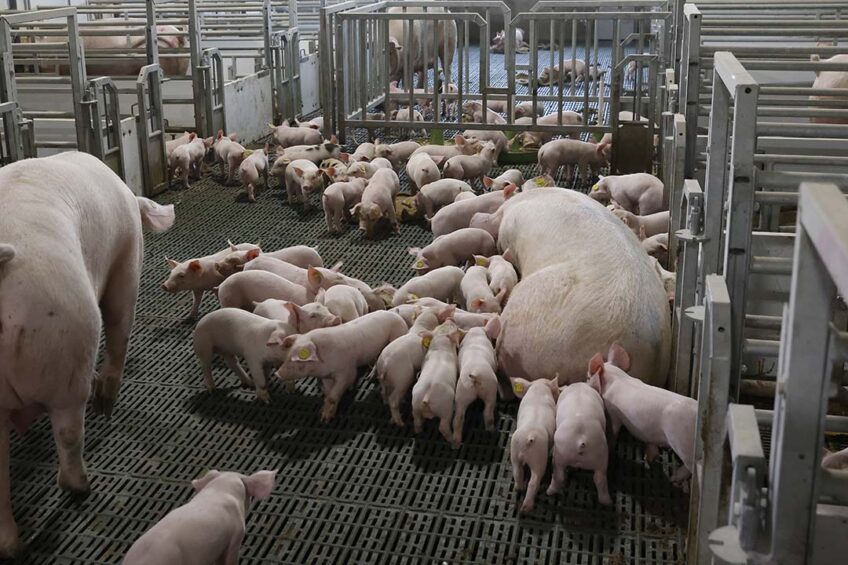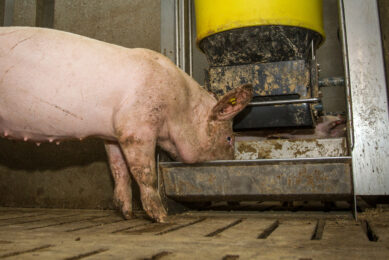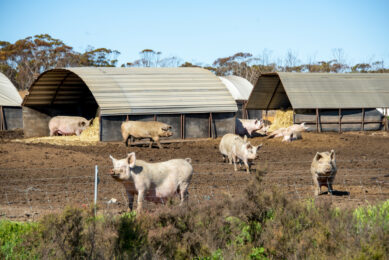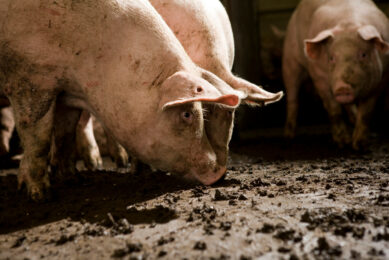Rabobank: Pork production returns to profitability

In its quarterly outlook, Rabobank noticed a “pivotal shift” as sow herd numbers appear to stabilise after a phase of reductions.
The stabilisation is a result of better-than-expected consumption trends coupled with reduced production costs across most regions, the bank wrote. “Those factors are contributing to a more optimistic outlook for hog prices and are encouraging producers to consider rebuilding their herds.”
There is a caveat, however, the bank warned: “Producers in regions with ongoing health challenges or higher regulatory costs may experience a slower recovery pace.”
Slowdown in herd contraction
In a press statement, Christine McCracken, the bank’s senior analyst – animal protein, said: “The industry’s improved supply-demand balance has led to a slowdown in herd contraction. Although meaningful growth in the breeding herd is not anticipated until late 2024 or early 2025, productivity enhancements are contributing to increased production.”
The bank pointed to the US, Canada and China which are seeing healthier herds, which is translating into greater hog availability. In the EU and the UK together, however, even though the decline of the sow herd has somewhat stabilised, pork exports in the 1st month were down 10% in comparison to January 2023.
The bank wrote that “Structural declines in EU pork production and reduced import demand have left a significant hole in global export markets that is quickly being filled by competing nations – primarily North and South America.”
In addition, the bank analysed that higher global stocks of grains and oilseeds have resulted in lower feed costs for producers. A robust South American crop has further pressured prices, providing relief from inflation.
Retail pork sales
Despite a dip in consumption in key Asian markets during the first quarter of the year, pork is maintaining its position as a cost-effective protein choice for consumers worldwide, McCracken said: “This is particularly significant in light of rising beef prices. The trend toward frozen products and home cooking is expected to continue bolstering retail pork sales, with a projected uptick in value-added and processed meat sales as inflation rates peak.”
For China, the bank noticed a sharp decline of pork imports by 40% compared to the first two months of 2023. The bank attributes “the sizeable decline to weak local markets and large frozen inventories of imported product.” The bank expects imports to rebound in the 2nd quarter, even those levels may remain lower than in 2023.
In the Philippines, the bank expects still notices the effects of African Swine Fever outbreaks, as farmgate prices jumped strongly in the 4th quarter of 2023. The bank quotes the Philippine government expecting a 3% pork production increase in 2024.











